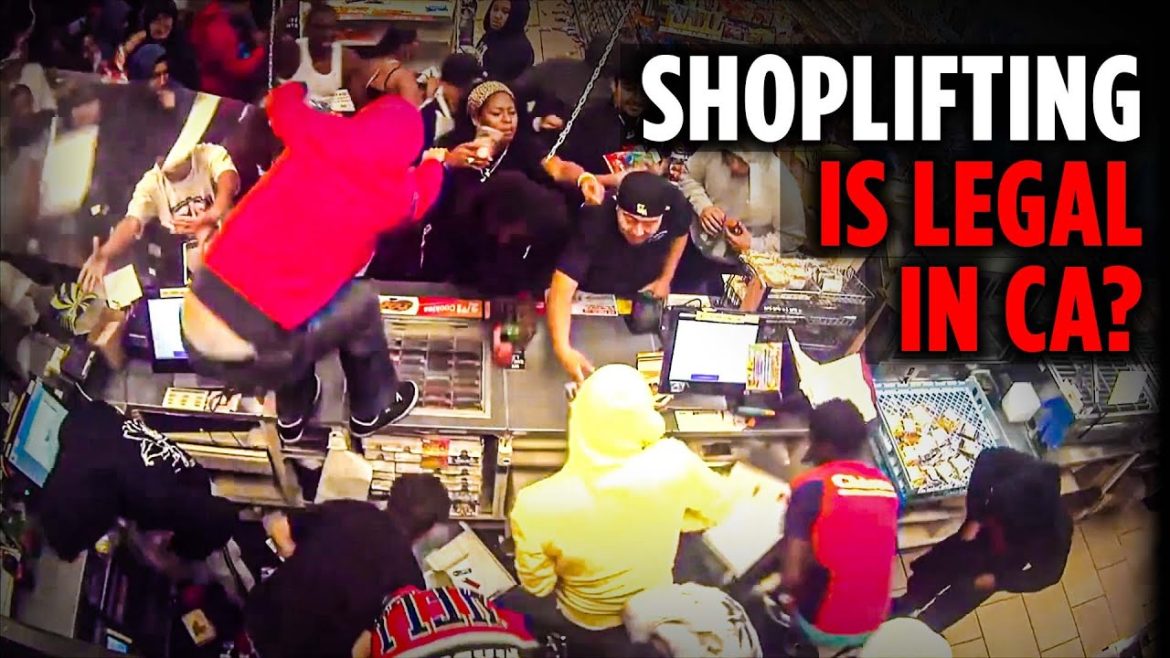California, a state known for its progressive policies and golden coastline, is facing yet another divisive issue: the legalization of shoplifting and the prohibition against store owners confronting suspected shoplifters. But is it truly a safety measure or a move that may catalyze an uptick in theft?
A Tumultuous Backdrop
In recent times, California witnessed a troubling incident where a flash mob executed a snatch-and-grab robbery, making off with over $100,000 worth of goods from a Nordstrom store. Alarmingly, this incident occurred just three days before a hearing on SB 553, a bill introduced by Democrat Sen. Dave Cortese.
The Intent Behind SB 553
Labeled as a worker safety measure, SB 553 aims to shield employees, including security personnel, from confronting active shoplifters. Senator Cortese’s justification centers on preventing workplace violence, arguing that employees shouldn’t bear the brunt of confrontations, even if they are hired for this purpose. He stresses that California must adopt “smarter guidelines” to protect its workers.
However, opponents of this bill see a different picture.
The Consequences of Non-Confrontation
Retailers warn that such legislation could turn California into a paradise for criminals. If security personnel are stripped of their authority to act, and security cameras only serve as passive observers, what deters theft?
Many small business owners flocked to Sacramento to voice their concerns, fearing that SB 553 would not only embolden criminals but also expose businesses to lawsuits. They argue that this legislation, paired with existing laxity towards misdemeanor theft, is a recipe for disaster.
The Reality on Ground
A glance at San Francisco’s shoplifting situation is unsettling. The ease with which criminals brazenly pilfer goods from stores, without fear of confrontation or legal repercussions, is a testament to the dire state of retail security in the city. The distinction between misdemeanor and felony, based on the value of stolen goods, further complicates the issue.
Furthermore, an alarming spike in homicides and violent crimes paints a grim picture of California’s law and order situation. Both Los Angeles and San Francisco, with their perceived lenient district attorneys, have witnessed a significant uptick in crime rates.
Where Does The Solution Lie?
While Governor Newsom has signed a new law targeting organized theft rings, critics argue it barely scratches the surface. What the state requires, they opine, is a complete overhaul of its theft laws, making penalties stiffer and providing a strong deterrent against crimes.
The Political Angle
As Governor Newsom faces a recall, questions about his ability to lead and address California’s pressing challenges become more pronounced. With rising crime rates and controversial policies, his leadership is under scrutiny more than ever.
The clash between ensuring employee safety and safeguarding businesses is a complex issue. Whether California finds the right balance remains to be seen.

